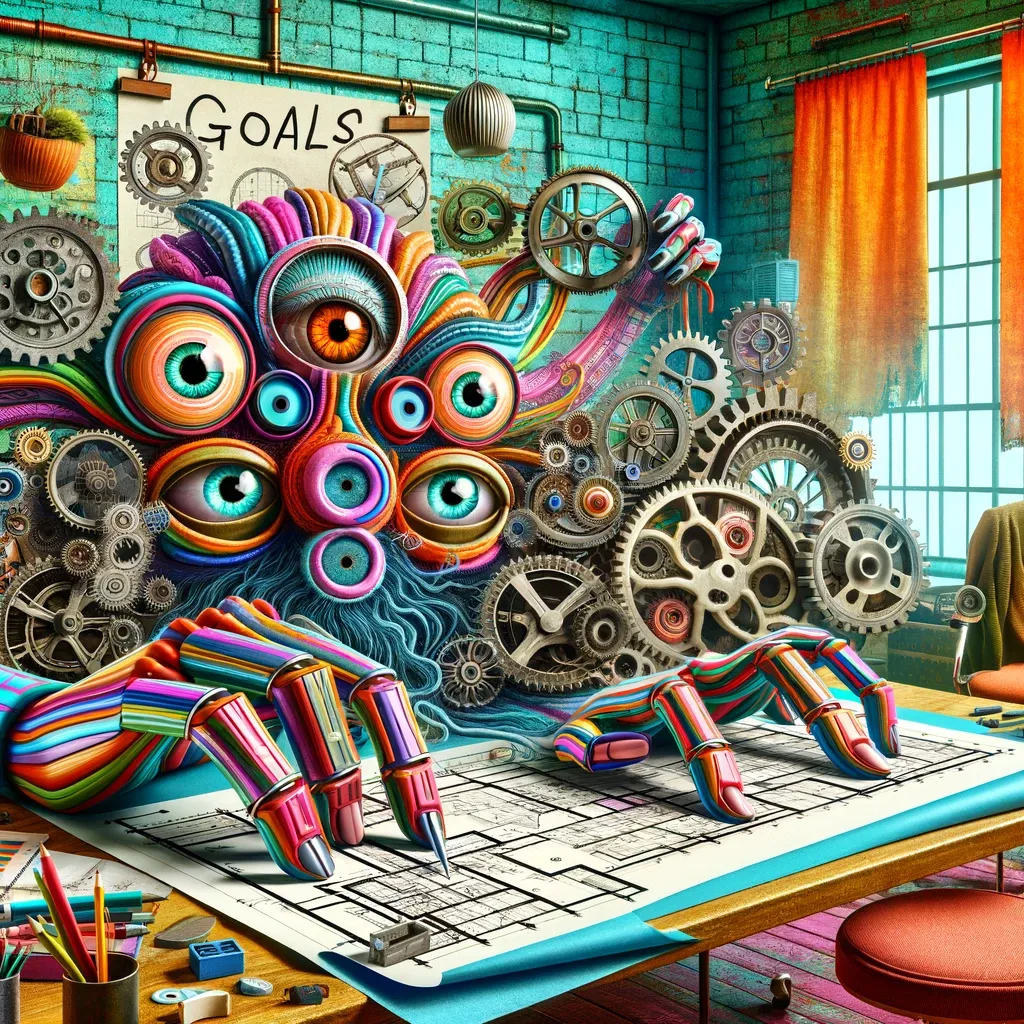Many have told us that to achieve our goals, we should focus more on building effective systems rather than setting specific objectives. But this advice skips a crucial first step: setting goals is essential because it guides how we create those systems. Let's look closer at why starting with clear goals can make all the difference in crafting systems that work for us.
One of the most intriguing concepts I've come across is from Scott Adams' book, How to Fail at Almost Everything and Still Win Big. This idea, often discussed (especially at this time of year), is that systems triumph over goals. Adams suggests that those who focus on a goal are in a perpetual state of losing, only experiencing a brief victory if they achieve the goal. In contrast, those with systems win every time they apply their system.
Adams acknowledges that you can reduce the difference between goals and systems to semantics, but it's valuable to think of them as different things. I agree, but it's also worthwhile to consider them the same thing. Hear me out.
In my essay Unified Theory of Goal-Setting, I say:
Every single goal-setting and task management system is just a way to filter and prioritize the endless number of things you could be doing and decide on a single thing to do right now.
The differences between systems mostly come down to how broad/specific your level of abstraction is and what criteria you're using for prioritization.
Systems seem more valuable because they are more specific. However, creating a system without first having a goal you hope to achieve makes it less likely that you'll achieve what you want. You need to have a benchmark to determine if the system is working. These are the lead and lag indicators.
If you aim to lose 100 lbs in one year, that's a lag indicator. Without a system in place, your goal is just a wish. On the other hand, if you create a system with a vague unspoken goal of "losing weight," you're winning if you lost one pound this month. But, if you combine them, you might quickly discover that your 3,000 calories a day (lead indicator) system will not lead to achieving your goal, and it needs to be revised.
